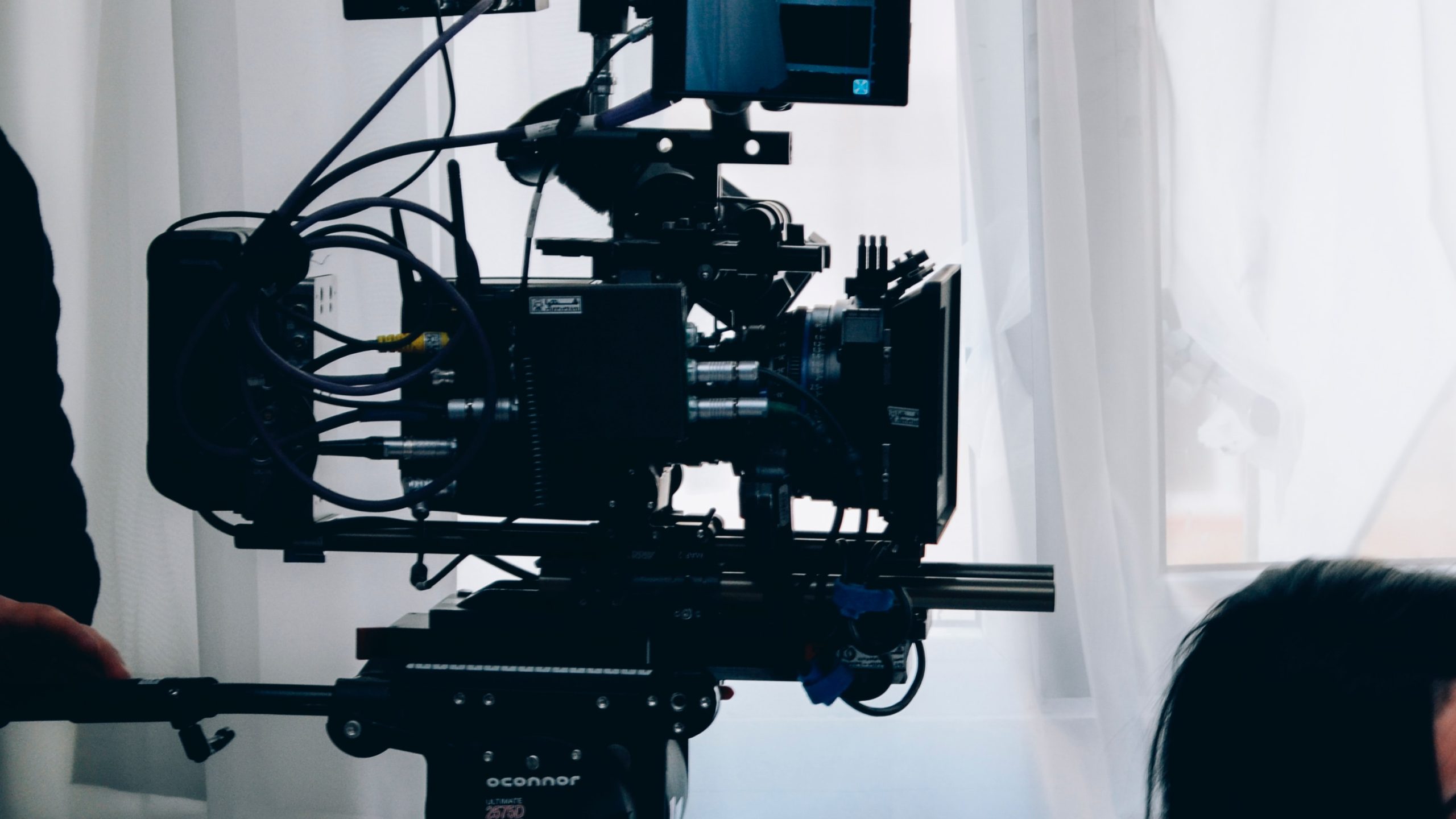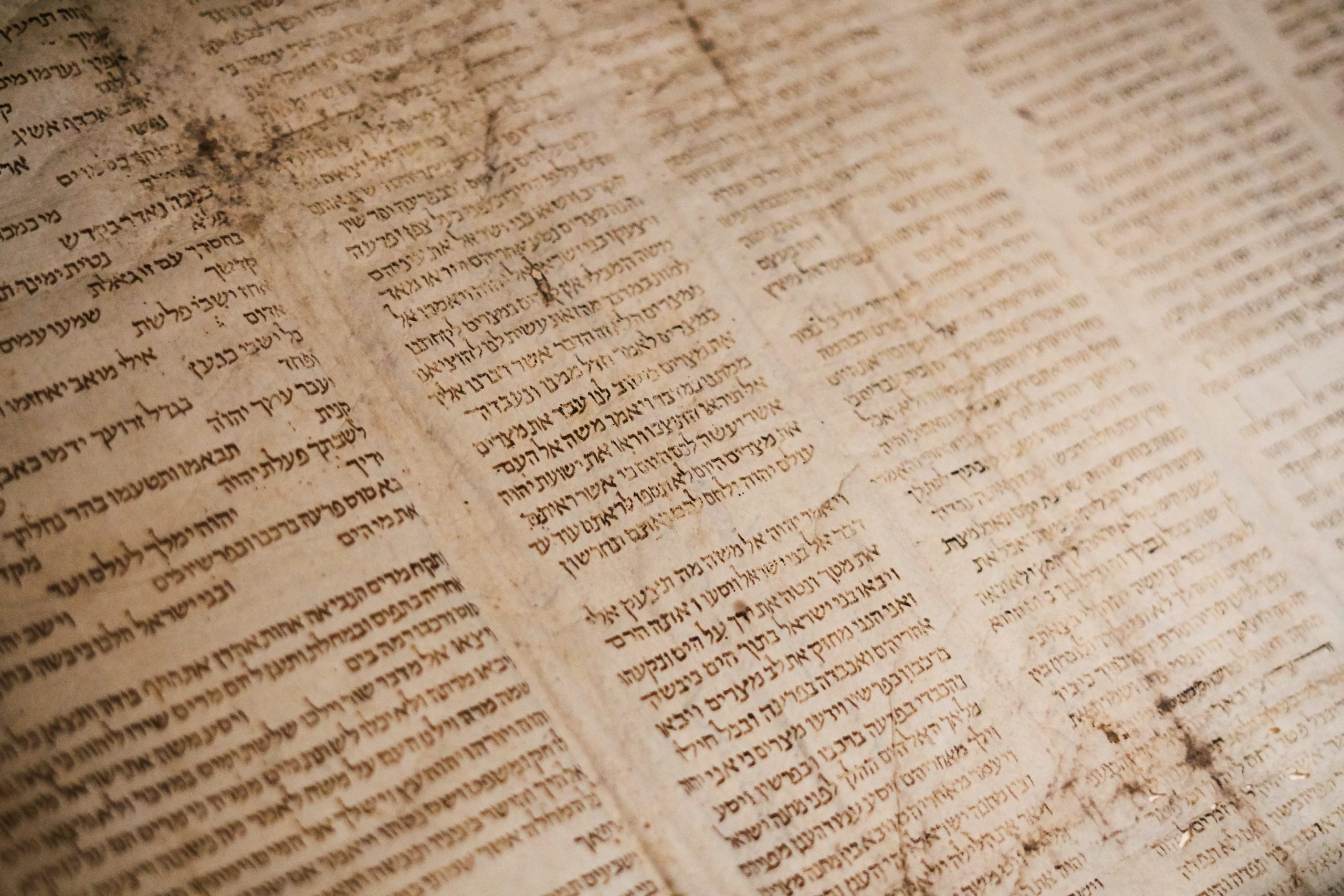By playing kihara
TOKYO (Reuters) -The Bank of Japan’s rate-hike cycle is facing its biggest test since Governor Kazuo Ueda took the helm two years ago, with U.S. President Donald Trump’s tariffs rapidly narrowing the window for further increases in still-low borrowing costs.
After the BOJ’s decision on Thursday to keep interest rates steady at 0.5%, Ueda said the timing for underlying inflation to converge toward the central bank’s 2% target has been “pushed back somewhat” – essentially signaling a pause in rate hikes for more clarity on the fallout from the higher tariffs.
But persistent food inflation, prospects of sustained wage hikes and fears of renewed falls in the yen may mean the BOJ has plenty of reason not to abandon its rate-hike plans altogether.
The delicate balancing act will likely mean the BOJ will keep signaling that its next move would be a hike, but leave markets guessing on the pace and timing of future action.
“The worst scenario for the BOJ is to end up further delaying achievement of 2% inflation by proceeding with rate hikes amid high uncertainty,” said Akira Otani, a former top BOJ economist who is currently managing director at Goldman Sachs Japan.
“As such, the most desirable approach is to put off rate hikes as a precaution,” said Otani, who pushed back the estimated timing of the next rate hike by six months to January.
Goldman still expects the BOJ to eventually raise its policy rate to 1.5% in the current rate-hike cycle.
On the surface, the threat to Japan’s export-reliant economy from the global trade war may be enough to ditch its rate-hike bias in favour of a more neutral monetary policy stance.
Under fresh forecasts released on Thursday, the BOJ expects the economy to barely expand above its potential this year. It also cut its inflation forecasts and saw risks skewed to the downside, a sign of its waning conviction on price momentum.
Ueda warned of “extremely high uncertainty” on the outlook, even as he stressed the BOJ’s resolve to keep raising rates on the view that underlying inflation will re-accelerate towards its target, after a brief period of stagnation.
History has proved the difficulty of normalising Japan’s ultra-loose monetary policy. The country has not seen short-term rate exceed 0.5% in three decades, with attempts to lift them repeatedly hampered by stagnant wage growth and external shocks.
IS THIS TIME DIFFERENT?
This time, however, pausing too long is not without cost.
Unlike in the past when Japan was mired in deflation, core inflation has exceeded the BOJ’s 2% target for three years as stubbornly high raw material costs prod firms to hike prices.
Story Continues















